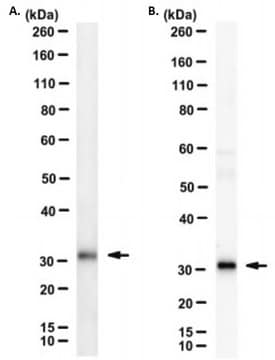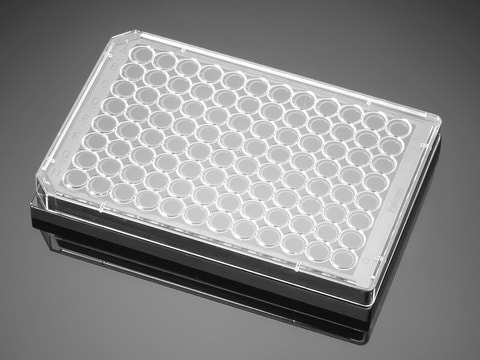J2000
Juvenile hormone III
≥65%, liquid, non-sterile
Synonyme(s) :
Methyl farnesoate, 10,11-epoxide, C16-Juvenile Hormone, JH-III, Manduca hormone, trans,trans-10,11-Epoxy-3,7,11-trimethyl-2,6-dodecadienic acid methyl ester
About This Item
Produits recommandés
Source biologique
synthetic (organic)
Niveau de qualité
Stérilité
non-sterile
Forme
liquid
Concentration
≥65%
Technique(s)
activity assay: suitable
Conditions d'expédition
ambient
Température de stockage
−20°C
Chaîne SMILES
COC(=O)\C=C(/C)CC\C=C(/C)CC[C@H]1OC1(C)C
InChI
1S/C16H26O3/c1-12(9-10-14-16(3,4)19-14)7-6-8-13(2)11-15(17)18-5/h7,11,14H,6,8-10H2,1-5H3/b12-7+,13-11+
Clé InChI
QVJMXSGZTCGLHZ-ZPLWXOMKSA-N
Vous recherchez des produits similaires ? Visite Guide de comparaison des produits
Catégories apparentées
Description générale
Juvenile hormone III (JH III) is the most prevalent juvenile hormone (JH) found in insects.
Application
- study the effect of juvenile hormone on mictic (sexual) female production of the rotifer Brachionus plicatilis Muller
- study the effect of juvenile hormone on head GB19811 (putative Takeout/juvenile hormone binding protein) mRNA levels in adult honeybees
- study the effect of juvenile hormone on gonadotropic and physiological functions in bumblebee Bombus terrestris
Actions biochimiques/physiologiques
Inhibiteur
Produit(s) apparenté(s)
Mentions de danger
Classification des risques
Aquatic Chronic 4
Code de la classe de stockage
10 - Combustible liquids
Classe de danger pour l'eau (WGK)
WGK 3
Point d'éclair (°F)
Not applicable
Point d'éclair (°C)
Not applicable
Équipement de protection individuelle
Eyeshields, Gloves, multi-purpose combination respirator cartridge (US)
Certificats d'analyse (COA)
Recherchez un Certificats d'analyse (COA) en saisissant le numéro de lot du produit. Les numéros de lot figurent sur l'étiquette du produit après les mots "Lot" ou "Batch".
Déjà en possession de ce produit ?
Retrouvez la documentation relative aux produits que vous avez récemment achetés dans la Bibliothèque de documents.
Les clients ont également consulté
Notre équipe de scientifiques dispose d'une expérience dans tous les secteurs de la recherche, notamment en sciences de la vie, science des matériaux, synthèse chimique, chromatographie, analyse et dans de nombreux autres domaines..
Contacter notre Service technique













